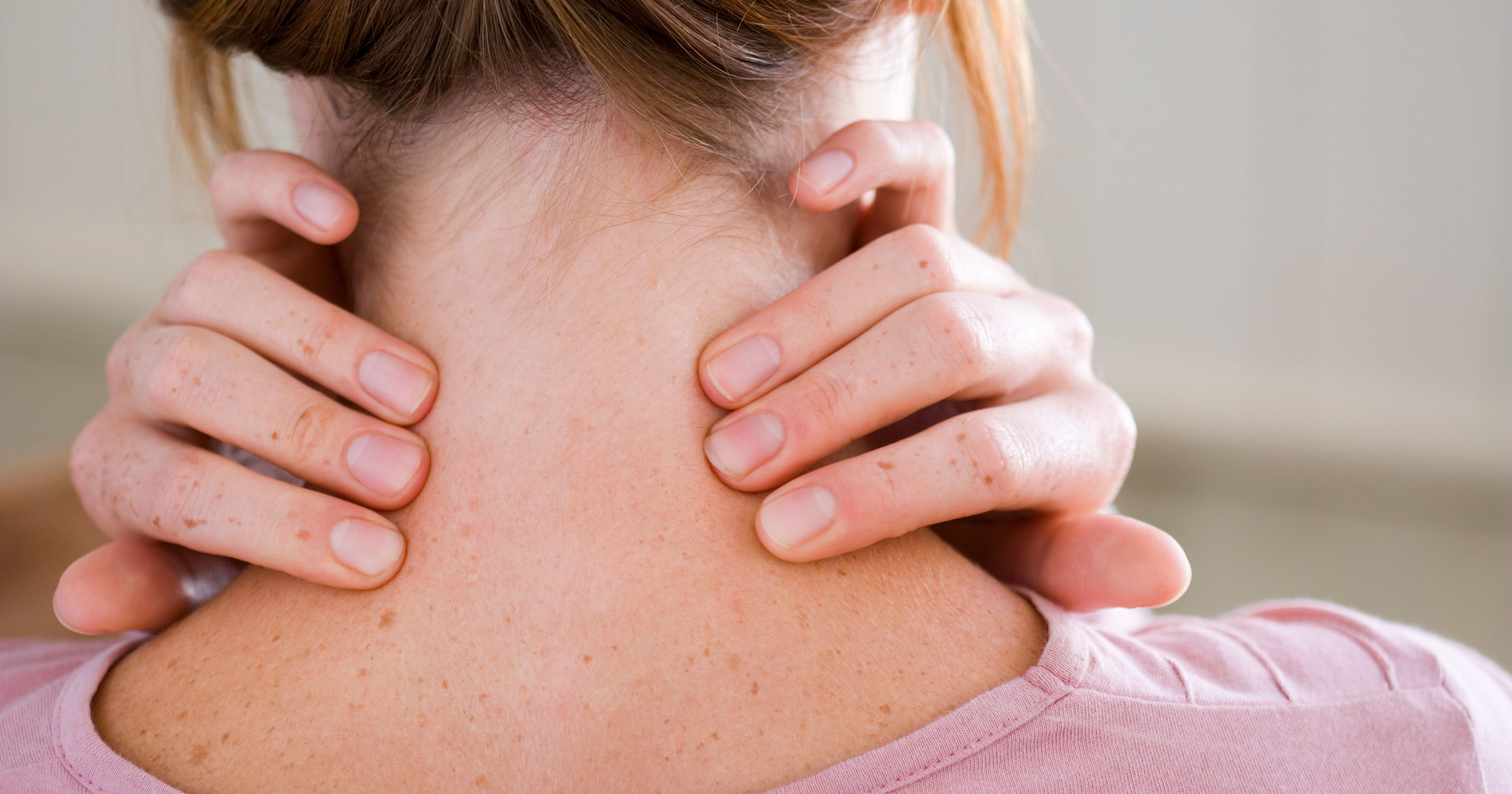
The Top 5 Pickleball Injuries (And How We Treat Them at Our Office)
Pickleball has taken off like wildfire. With over 36 million players in the U.S. alone, it’s quickly become one of the fastest-growing sports. But as the courts get busier, so do the injuries. Pickleball may seem low-impact, but the quick bursts of speed, lateral movements, and frequent twisting put a surprising amount of strain on the body.
At our office, we see pickleball injuries regularly, and the good news is that with the right care, most of them can be treated effectively and get you back on the court. Let’s dive into the top five pickleball injuries and how we treat them.
We also offer 3D Motion Caption to access your biomechanics for issues. We can spot these bad movement patterns, muscle weaknesses, posture imbalances, instabilities issues ahead of time and improve your mechanics. This is how we can prevent future injuries.
1. Rotator Cuff Strain
Rotator cuff injuries are common in pickleball because of the overhead shots and repetitive arm motions. Whether it’s a tear or just inflammation, shoulder pain can limit your ability to play.
How We Treat It:
- Chiropractic adjustments to realign the shoulder joint and reduce strain. We also look at spinal mechanics, because most people have decrease motion in their upper back and this changes how the shoulder moves.
- Soft tissue therapy (like cupping, instrument assisted, class 4 laser, manual therapy) to break up adhesions and improve mobility.
- Rotator cuff strengthening exercises designed to restore stability and prevent future injury.
2. Tennis Elbow (Lateral Epicondylitis)
Despite its name, tennis elbow can also plague pickleball players. The repetitive backhand swings put strain on the tendons around the elbow, causing pain and inflammation.
How We Treat It:
- Extremity adjusting we can mobilize the shoulder, elbow and wrist to improve mechanics.
- Myofascial release to reduce tightness in the forearm muscles.
- Therapeutic exercises focusing on eccentric wrist extensions to strengthen the tendons.
- Cupping therapy to increase blood flow and promote healing.
3. Ankle Strains
Quick lateral movements and sudden changes in direction make ankle sprains one of the most frequent injuries on the pickleball court. An unstable or injured ankle can lead to more serious problems down the road if not treated correctly.
How We Treat It:
- Chiropractic manipulation of the ankle joint to restore proper alignment and mobility.
- Rehabilitation exercises focused on strengthening the muscles around the ankle and improving balance. Preventing future injuries.
- Kinesiology taping to support the ankle during recovery and prevent re-injury.
4. Achilles Tendonitis
Pickleball players often experience Achilles pain due to the rapid bursts of movement and jumping involved. Achilles tendonitis is the inflammation of the tendon that connects the calf muscles to the heel, and it can be painful if left untreated.
How We Treat It:
- Soft tissue therapy to reduce inflammation and increase circulation to the tendon.
- Eccentric calf strengthening exercises to gradually rebuild strength and flexibility.
- Class 4 laser therapy to promote faster tissue repair.
5. Lower Back Strain
Twisting, reaching, and bending during play often leads to lower back strain in pickleball players. Overworking the muscles and poor posture on the court can aggravate the lumbar spine.
How We Treat It:
- Spinal adjustments to relieve tension and restore proper movement in the spine.
- Core stabilization exercises to strengthen the muscles supporting the lower back.
- Soft tissue therapy to reduce tightness and improve flexibility in the lumbar region.
Final Thoughts
Pickleball is an incredible sport, but it’s tough on the body if you’re not careful. Whether it’s a shoulder issue or a tweaked ankle, the most important thing is to address the injury early. At our office, we’re focused on personalized care, combining chiropractic adjustments, soft tissue therapies, and corrective exercises to get you back on the court safely—and keep you there.
If you’re dealing with an injury or want to prevent one, reach out. We’ll help you play pain-free and improve your game at the same time. See you on the court!



